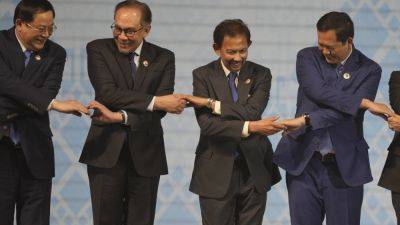Can the Government Get People to Have More Babies?
In 1989, Japan seemed to be an unstoppable economic superpower. Its companies were overtaking competitors and gobbling up American icons like Rockefeller Center. But inside the country, the government had identified a looming, slow-motion crisis: The fertility rate had fallen to a record low. Policymakers called it the “1.57 shock,” citing the projected average number of children that women would have over their childbearing years.
If births continued to decline, they warned, the consequences would be disastrous. Taxes would rise or social security coffers would shrink. Japanese children would lack sufficient peer interaction. Society would lose its vitality as the supply of young workers dwindled. It was time to act.
Starting in the 1990s, Japan began rolling out policies and pronouncements designed to spur people to have more babies. The government required employers to offer child care leave of up to a year, opened more subsidized day care slots, exhorted men to do housework and take paternity leave, and called on companies to shorten work hours. In 1992, the government started paying direct cash allowances for having even one child (earlier, they had started with the third child), and bimonthly payments for all children were later introduced.
None of this has worked. Last year, Japan’s fertility rate stood at 1.2. In Tokyo, the rate is now less than one. The number of babies born in Japan last year fell to the lowest level since the government started collecting statistics in 1899.
Now the rest of the developed world is looking more and more like Japan. According to a report issued in 2019 by the United Nations Population Fund, half of the world’s population lives in countries where the fertility rate has fallen







